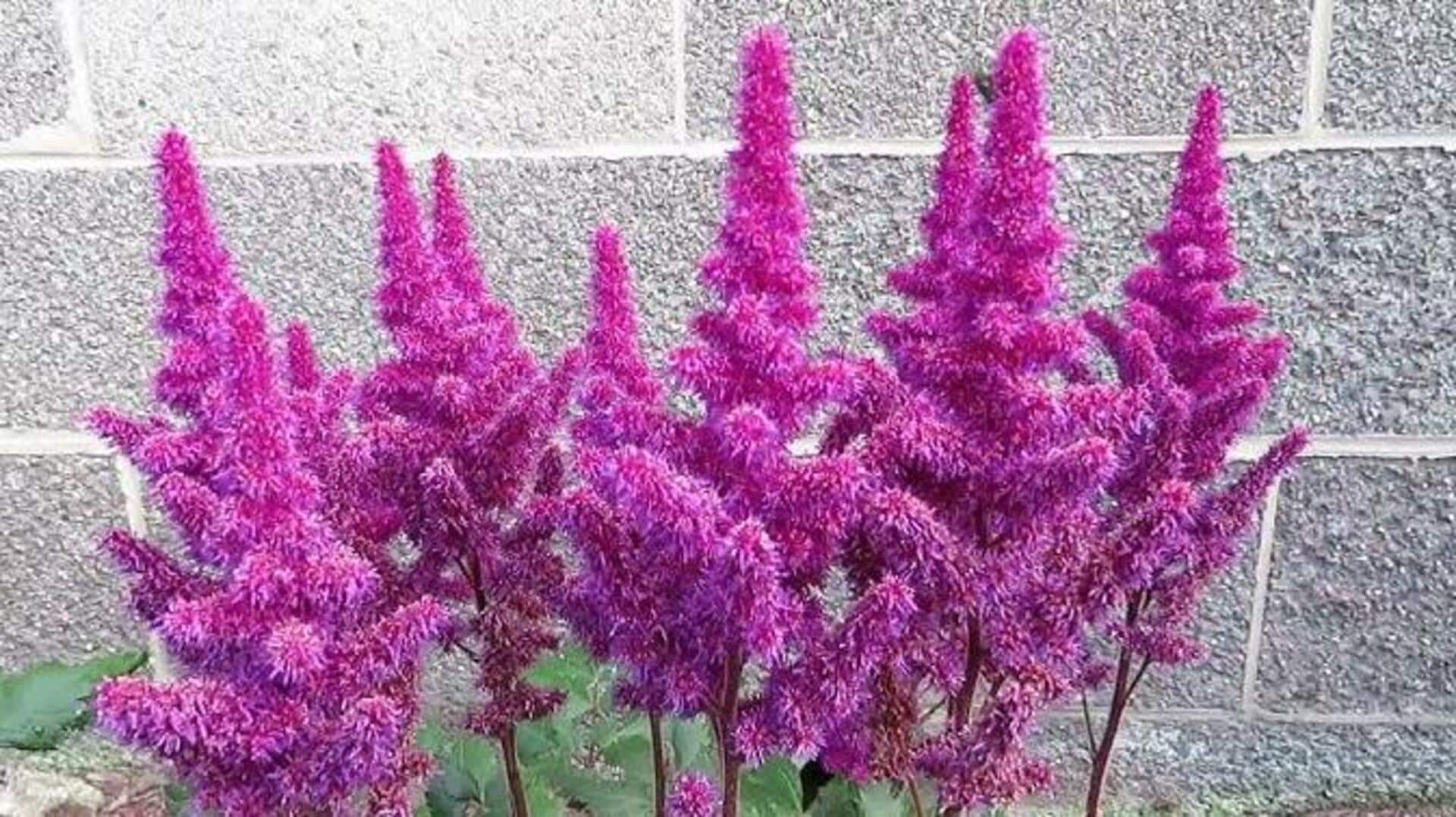
Growing astilbe at home is easier than you think
What's the story
Astilbe is a perennial favorite thanks to its feathery, plume-like flowers and love for shady gardens. This article shares five key secrets to growing hardy astilbe, guaranteeing a vibrant and thriving shade garden. Covering everything from soil preparation to watering needs, these tips will empower gardeners of all levels to succeed with this beautiful plant.
Variety
Select the right variety
Numerous astilbe varieties exist, each with unique sizes, colors, and blooming periods. Selecting the appropriate variety for your specific garden conditions is key. Certain varieties thrive in deeper shade, while others tolerate slightly more sun. By researching and choosing an astilbe variety tailored to your garden's unique conditions, you'll ensure healthier plants and more beautiful blooms.
Soil prep
Prepare the soil properly
Astilbes love rich, moist soil that drains well. Before planting, enrich the soil with lots of organic matter like compost or peat moss. This boosts soil fertility and drainage while supplying the essential nutrients for astilbes to grow strong and healthy. These plants prefer a slightly acidic to neutral pH (6-7). You may want to test your soil's pH and adjust it if needed.
Watering
Ensure adequate moisture
Although established astilbes can tolerate some drought, they thrive with consistent moisture—particularly during their blooming period in late spring through summer. Water your astilbes deeply once a week during dry spells; this will promote deep root growth and help prevent stress from drought conditions. Applying mulch around the plants can also help conserve soil moisture and keep the roots cool.
Shade
Provide proper shade conditions
Contrary to the common belief that all astilbes require deep shade, many varieties thrive in partial shade or dappled sunlight. While too much direct sun can burn their leaves, too little light can reduce flowering. Keeping track of how the sun moves through your garden will help you choose the perfect planting location that matches the light requirements of the variety you select.
Fertilization
Fertilize thoughtfully
Feeding astilbes with a balanced fertilizer in early spring promotes strong growth and plentiful blooms. Over-fertilizing can lead to excessive leafy growth at the expense of blooms or even damage the plant due to nutrient overload. A single application of a slow-release fertilizer, following the package instructions, is usually sufficient to satisfy these perennials' nutritional needs for the entire season.